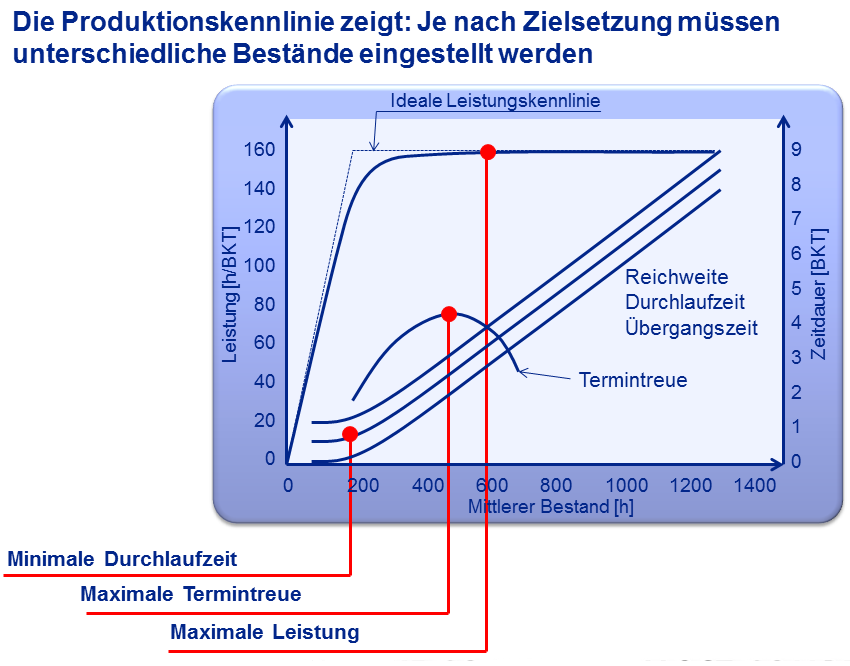Today, it is no longer enough for components or goods to function perfectly. Logistics services are also a key product feature; products must be offered with short delivery times and reliable delivery dates. Customers want to keep stock levels as low as possible and therefore require fast and punctual deliveries.
We all know that short delivery times and high delivery reliability are difficult to ensure for many products. And a wide range of variants and irregular demand don’t exactly make these tasks any easier.
It is possible that many companies do not even measure their delivery readiness and adherence to delivery dates for this reason. In any case, I often hear in conversations that managing directors and logistics managers are not aware of their delivery readiness and adherence to delivery dates. Instead of concrete figures, I only get estimates. Whether the company’s own delivery capability is sufficient or not is measured more by customer statements than by reliable figures. Often there are not even concrete targets for the company’s own delivery readiness.
Delivery readiness and adherence to delivery dates in production and customer delivery are perhaps the most important logistical target values with regard to inventories and flexibility costs in the value chain! How do we want to set up a value chain correctly in terms of logistics and planning if we do not trace back the actual value achieved to this target value and thus close the control loop? In our homes, several nested control circuits ensure the room temperature, from the house controller to the room and radiator controllers. In the company, we sometimes dispense with the target specification for the logistical room temperature and we don’t even measure the achieved temperature.
Admittedly: In practice, it is not always easy to measure on-time delivery and readiness to deliver. First of all, you have to know that a customer needs something before you can measure whether it was available or delivered on time. Customers who walk into the DIY store and disappear again because the product they are looking for is not in stock leave no trace. Business customers who order products via online portals sometimes behave in the same way. If you want to measure readiness to deliver in such situations, you can no longer link this to specific customer requirements. However, measuring the percentage of items that are out of stock is only a very vague reflection of readiness for delivery.
Adherence to delivery dates and readiness to deliver can be measured much more clearly when you receive orders from your customers: You find out the customer’s requested delivery date – which may be “immediately” for stock items – and any agreed delivery date. You could measure your delivery against these two reference values – if it weren’t for the problem that most ERP systems let you down.
Often only one date field can be stored for each sales order or sales order item; no distinction is made between the customer’s requested date and the agreed delivery date. If dates are changed by the customer or supplier, this date field is overwritten. The original date is therefore lost. As a result, you can still achieve 100% delivery readiness and adherence to delivery dates even if you have only delivered an order requested by the customer immediately after five postponements and after six months.
As you can see: Sometimes companies are lulled into a false sense of security with regard to adherence to deadlines and readiness to deliver. The receipt from the customer follows later. So: add the date fields in the order entry screen of your ERP system tomorrow, define item-specific delivery readiness levels and start measuring. I guarantee you a completely different logistical attitude to life – and sometimes a lot of disillusionment. But your customers will thank you in the end!


